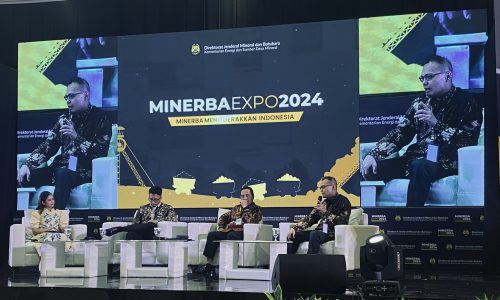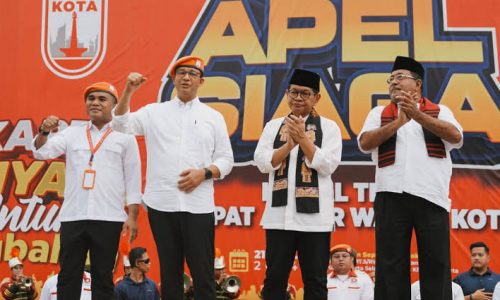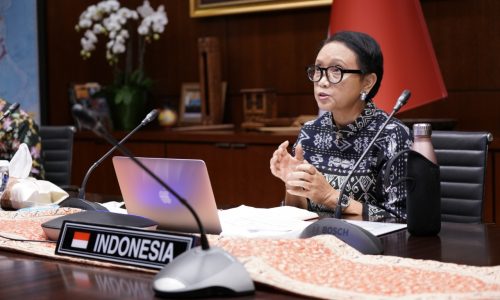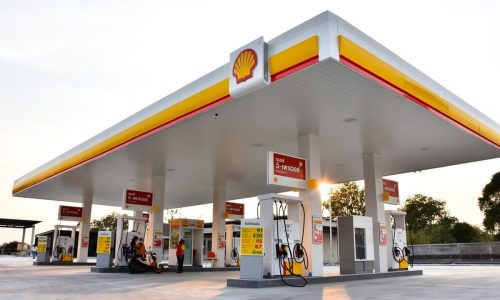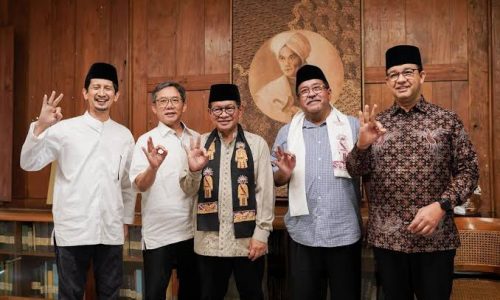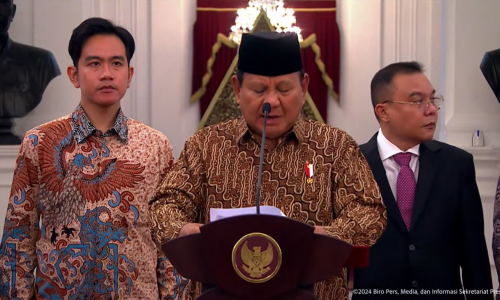Jakarta − The Upstream Oil and Gas Regulatory Task Force (SKK Migas) and gas contractors (KKKS) have been actively enggaged in efforts to achieve zero routine flaring target and to increase the added-value of gas production by utilizing gas that has the potential to be used as derivative products into LNG and LPG.
SKK Migas Deputy for Exploitation, Wahju Wibowo, said that the task force currently has a program to convert the use of fuel gas into electricity supply for the drive system at the Bontang LNG Plant.
“If this measure can be realized, the fuel gas used at the Bontang LNG Plant, which reaches 32 Million Standard Cubic Feet per Day (MMSCFD), can be utilized and commercialized in the form of pipeline gas or further converted into products which have added value such as LNG,” Wahju told the 2024 Meeting of Production, Metering and Facility Maintenance between SKK Migas and KKKS in Jakarta on Friday, June 7, 2024.
Currently there are 370 flare gas stacks nationwide with a total flare gas volume of 207 MMSCFD, with a composition of Methane (C1) of 72.55 percent and CO2 impurities of 7.33 percent. Some KKKS have a large volume of flare gas such as Pertamina EP, Pertamina Hulu Mahakam, BP Berau and Pertamina EP Cepu. Likewise, the volume of fuel gas for own use and gas impurities are also huge. This is a challenge for SKK Migas and KKKS to achieve the target of zero routine flaring before 2030 and optimize the use of fuel gas, including replacing fuel gas with electricity from State electricity company PT PLN.
Wahju said that the process of converting fuel gas into electricity supply from PLN is not easy, but he is optimistic that it can be realized. One of the challenges is that the power demand for upstream oil and gas is higher than the current power capacity owned by PLN, so it certainly needs investment in equipment/operating facilities from the PLN side.
Wahju emphasized that it is also important to ensure the availability of PLN’s electricity supply to be 100 percent reliable and guaranteed no blackouts at all.
In the era of energy transition, the role of upstream oil and gas will be increasingly needed, especially gas. Therefore, Wahju reminded upstream oil and gas engineers to think how to produce gas that will not only be sold in the form of gas, but also in more valuable derivative gas products, such as LPG.
He said further that if gas, which is is sold at around 12 percent above the Indonesia Crude Price (ICP) or around US$8 per 1 Million British Thermal Unit (MMBTU), is converted into LPG, its price can be around US$27 per MMBTU. Therefore, the challenge of the upstream oil and gas industry is how to create the potential of gas to have greater added value which certainly provides potential income for KKKS.
“I challenge the KKKS to be able to convert flare gas into derivative gas products in the form of LPG. Of course there are stages that must be discussed further, there is an assessment so as not to interfere with existing operations including investment.,” Wahju said.



